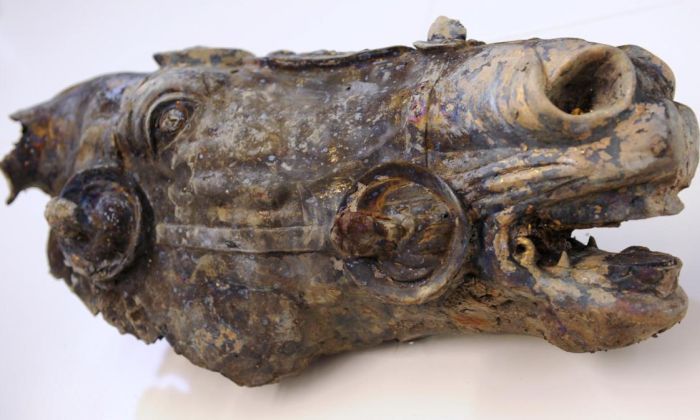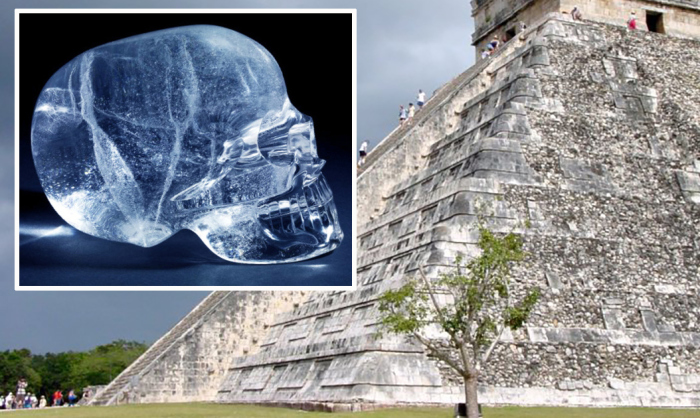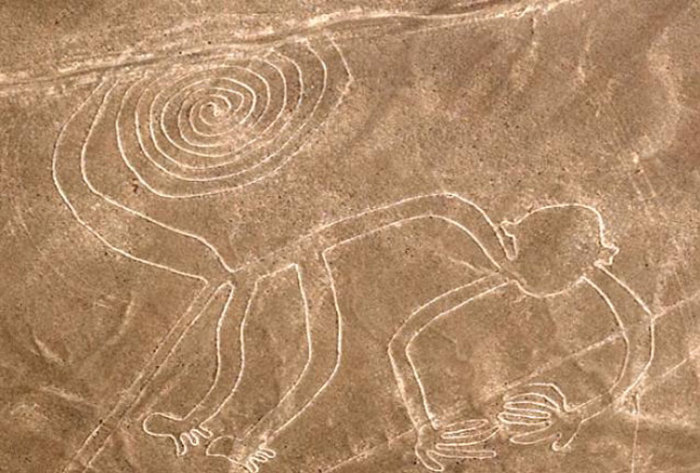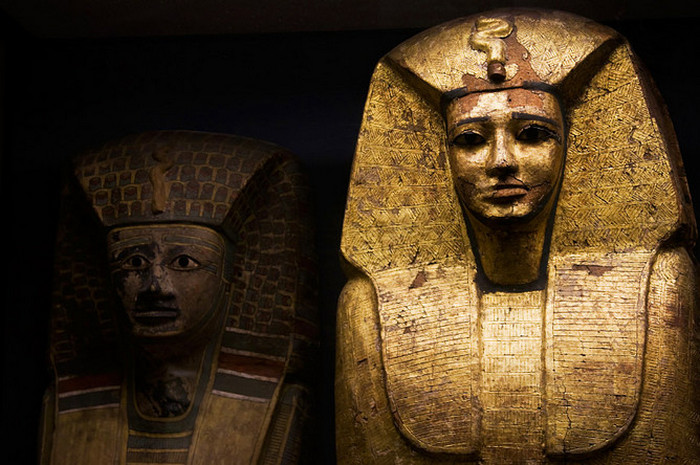How in ancient times did the bodies of the dead
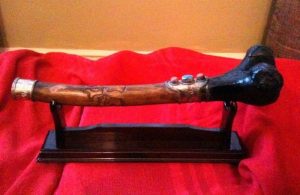 As soon as a person dies, his body is usually buried or cremated. But in some ancient societies, the corpses after death in various ways used, or preserved their parts according to certain rituals. In some cultures, it was believed that the body of a deceased person, if used in various rituals, was able to help the living. And these practices led to rather terrible archaeological finds.
As soon as a person dies, his body is usually buried or cremated. But in some ancient societies, the corpses after death in various ways used, or preserved their parts according to certain rituals. In some cultures, it was believed that the body of a deceased person, if used in various rituals, was able to help the living. And these practices led to rather terrible archaeological finds.
1. Bowls of skulls
Skull cups have been made in many different cultures for different periods of time. Mostly they were made by separating the skull from the corpse and cutting cups from it. Usually carvings on the skull were made on the subject of Christ’s sufferings, but sometimes it was possible to come across decorative prints. The three oldest bowls of skulls were found in the Gough Cave in Somerset, England, and their age is 14,700 years. They were found in a cave with other human remains that were probably opened to access bone marrow. Other skulls that were processed after the death of their “owners” and possibly used as cups were found in Navinpukio in Peru (400 – 700 AD) and in the El Mirador cave in Spain (Bronze Age) .
In the Neolithic era in Herksheim (Germany), mass production of skull bowls was launched. A number of historical sources claim that the Vikings and Scythians used the skulls of their defeated enemies as bowls to gain the power of the dead, or as a way to assert their authority. Historical records mention the use of skulls as a drinking instrument among the Aghori sect in India and the aborigines in Australia, Fiji and other islands of Oceania. Tibetan bowls of skulls, known as “kapals,” were used by Buddhists and Zoroastrians.
2. Bones as tools
In the ancient city of Teotihuacan in Mexico, skeletons have found practical application. Doatstek society created a lot of everyday objects, such as buttons, combs, needles and spatulas, from the bones of the recently deceased between 200 and 400 AD. They used the bones of the thighs, shins and skull for this purpose. For scraping flesh from the bones (after all, “material” was taken from “fresh” corpses, otherwise the bones eventually became too fragile) stones were used.
The oldest bone used as a tool was used by Neanderthals (it was a skull), and its age was at least 50,000 years. The bone was discovered among other Neanderthal remains near the Vultron River in France and was used to grind stone tools.
3. Bones as Jewelry
From the bones often made jewelry. Human skulls were used to make oval amulets with a hole drilled at one end, around 3500 BC. in Neuchâtel, Switzerland. Similar pendants have been found in Port-Conti, La Lance and Consize (Switzerland). Necklaces made from the bones of the arms and legs have been found in Mexico and the United States. The bones were strung on a long chain or necklaces in the form of pendants were made from them. It is believed that such decorations were made from dead enemies to symbolize victory.
4. Bones as musical instruments
The Aztecs used musical instruments called Omichikauastli, which were made from human bones (usually the legs or hands). Similar tools were found at archaeological sites throughout the former Aztec empire. Sometimes they were made from animal bones, such as a turtle’s shoulder or whale’s rib.
Tibetan Buddhists used a tube-like instrument made from human thighbone, called candling. It was usually used in tantric and burial rites and had to be reminded that the human body is frail and short-lived. Bones were taken mostly from criminals or dead enemies. The tool appeared in India 1,500 years ago and spread throughout Tibet in the year 800 AD.
5. The ritual of the destruction of corpses
In modern Lape do Santo, Brazil, some of the oldest human skeletons of the New World, which were found deep in a cave in a tropical forest, were discovered. People lived there 12,000 years ago and initially buried their dead completely intact. However, 9,600 – 9,400 years ago, the funeral practices of local people changed, and the dead began … to maim. After death, the teeth of the corpses were torn out, and the bodies were dismembered and deprived of flesh. There is evidence that the corpses were burned or eaten, and their bones were piled into the skull of other corpses.
6. Ritual decapitation
The separation of the head from the body was practiced throughout the world and was usually used to demonstrate its power or victory over enemies.
